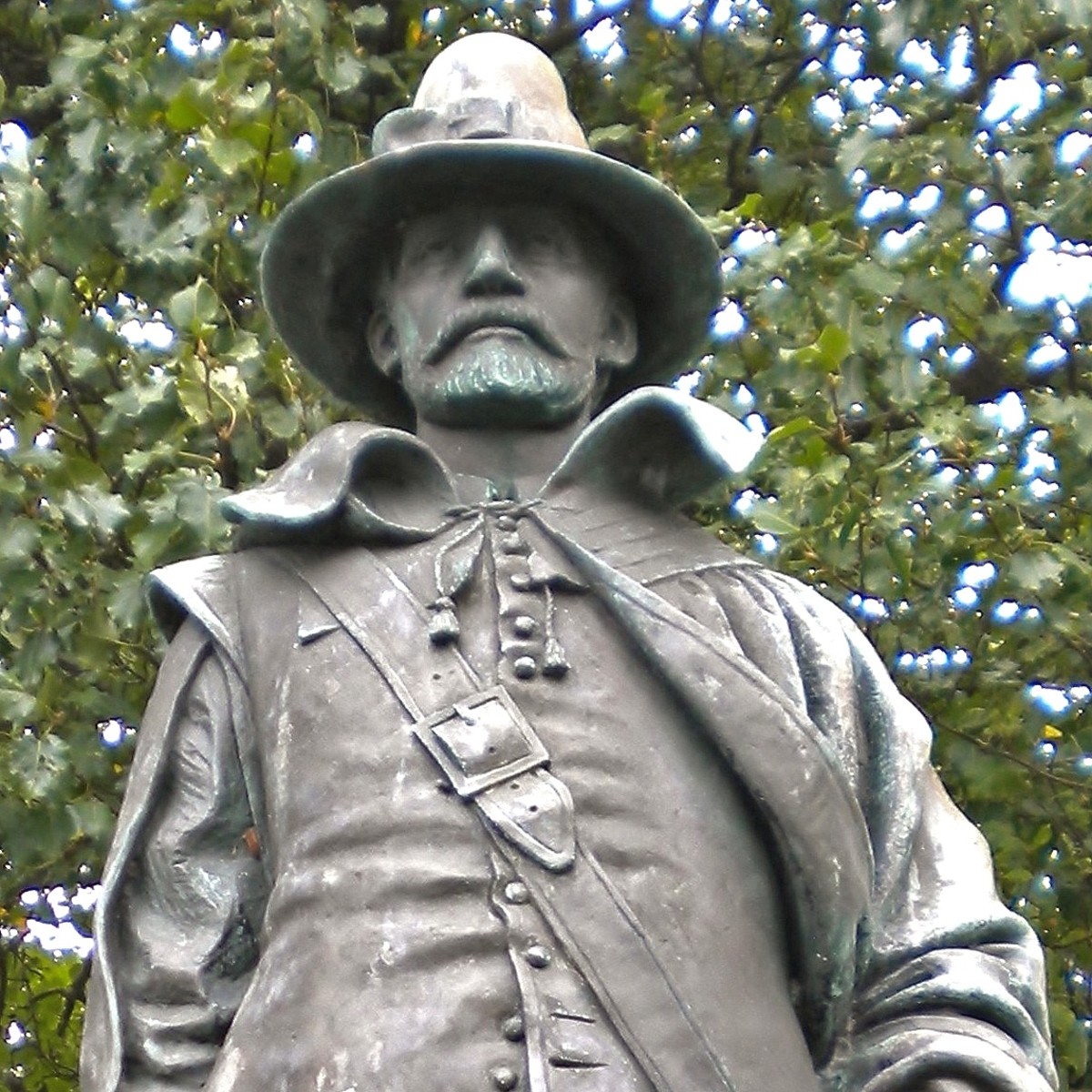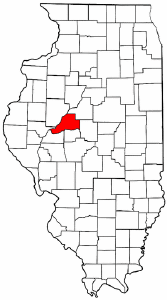Ancestral Stories- “Our Ride on the Mayflower” part 1
This is the first of several articles concerning my (the Knuppel side) relatives that arrived in this country on the ship “Mayflower.”
William Bradford
My 11th Great-Grandfather
I will spare you the information about the voyage except for a few things. Several residents of England had wish for some religious freedom and decided to leave and head for America. A group of these people asked one of their own, William Bradford, to organize the trip. The ship left, after several complications and a bigger ship not showing up, on September 6, 1620. There were 102 people on a cramped ship making their way to a new land looking for a new life.
After several storms in the Atlantic Ocean, the Mayflower approached land, the crew spotted Cape Cod just as the sun rose on November 9. The Pilgrims decided to head south, to the mouth of the Hudson River in New York, where they intended to make their plantation. However, as the Mayflower headed south, it encountered some very rough seas, and nearly shipwrecked. The Pilgrims then decided, rather than risk another attempt to go south, they would just stay and explore Cape Cod. They turned back north, rounded the tip, and anchored in what is now Provincetown Harbor. The Pilgrims would spend the next month and a half exploring Cape Cod, trying to decide where they would build their plantation. On December 25, 1620, they had finally decided upon Plymouth, and began construction of their first buildings.
Before going ashore at Plymouth, Pilgrim leaders (including Bradford and William Brewster) drafted the Mayflower Compact, a brief 200-word document that was the first framework of government written and enacted in the territory that would later become the United States of America. The signing took place on a trunk that held all of William Brewster’s things he brought over. The ship remained in port until the following April, when it left for England.
A group of brave men went out into a storm looking for a place to set up a small camp or village. When the exploring party made their way back on board, Bradford learned of the death of his wife Dorothy. Dorothy (May) Bradford from Wisbech, Cambridgeshire fell overboard off the deck of the Mayflower during his absence and drowned. William Bradford recorded her death in his journal.
Elected Governor
Successful colonies require successful leadership. The man to step forward in Plymouth colony was William Bradford. After the first governor elected under the Mayflower Compact perished from the harsh winter, Bradford was elected governor for the next thirty years. In May of 1621, he performed the colony’s first marriage ceremony.
Under Bradford’s guidance, Plymouth suffered less hardship than their English compatriots in Virginia. Relations with the local natives remained relatively smooth in Plymouth and the food supply grew with each passing year.
By autumn of 1621, the Pilgrims had much for which to be thankful. After the harvest, Massasoit and about ninety other Indians joined the Pilgrims for the great English tradition of HARVEST FESTIVAL. The participants celebrated for several days, dining on venison, goose, duck, turkey, fish, and of course, cornbread, the result of a bountiful corn harvest. This tradition was repeated at harvest time in the following years.
Eventually, the new village began to thrive. Bradford met his second wife on the next ship. She was Alice (Carpenter) Southworth, age about 32and he married her in Plymouth on August 14, 1623. She had arrived on the ship Anne some weeks earlier. Alice was the widow of Edward Southworth. She was one of five daughters of Alexander and Priscilla Carpenter of Wrington, co. Somerset in England, all being of Leiden about 1600. Alice brought two sons to the marriage: Constant, born about 1612, and Thomas, born about 1617. Alice and William had three children. She died in Plymouth on March 26, 1670 and was buried on Burial Hill in Plymouth near her husband’s stone.
Bradford Writes It All Down
William Bradford kept track of everything. Because he did, we have a great piece of history in a diary he wrote that has been named Of Plimouth Plantation. It was written over a period of years by William Bradford, the leader of the Plymouth Colony in Massachusetts. It is regarded as the most authoritative account of the Pilgrims and the early years of the colony which they founded.
The journal was written between 1630 and 1651 and describes the story of the Pilgrims from 1608, when they settled in the Dutch Republic on the European mainland through the 1620 Mayflower voyage to the New World, until the year 1647. The book ends with a list of Mayflower passengers and what happened to them which was written in 1651.
He died on May 9, 1657 in Plymouth Colony, Massachusetts.
The line for this story is Sawrey-Sherrod-Bradford
Look for more parts of “Riding on the Mayflower” as I identify other relatives on the ship.



